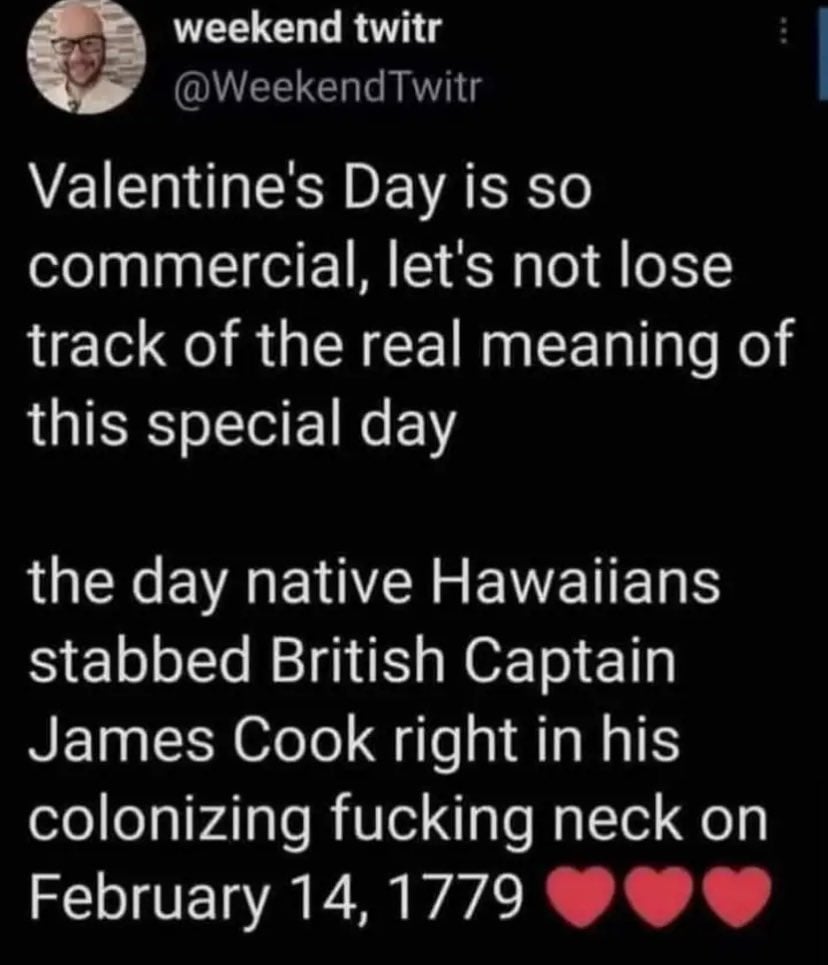Late Stage Capitalism
A place for for news, discussion, memes, and links criticizing capitalism and advancing viewpoints that challenge liberal capitalist ideology. That means any support for any liberal capitalist political party (like the Democrats) is strictly prohibited.
A zero-tolerance policy for bigotry of any kind. Failure to respect this will result in a ban.
RULES:
1 Understand the left starts at anti-capitalism.
2 No Trolling
3 No capitalist apologia, anti-socialism, or liberalism, liberalism is in direct conflict with the left. Support for capitalism or for the parties or ideologies that uphold it are not welcome or tolerated.
4 No imperialism, conservatism, reactionism or Zionism, lessor evil rhetoric. Dismissing 3rd party votes or 'wasted votes on 3rd party' is lessor evil rhetoric.
5 No bigotry, no racism, sexism, antisemitism, homophobia, transphobia, ableism, or any type of prejudice.
6 Be civil in comments and no accusations of being a bot, 'paid by Putin,' Tankie, etc.
view the rest of the comments

I've heard the story told a few different ways. The basics I remember were Cook came during a time of peace, left, encountered a storm, came back, but now it was a time of war which led to him being killed. Wikipedia has some more specifics pointing that Cook probably brought it on himself:
It is not known for sure if Cook was considered a god (Lono) or not. They may have thought he was Lono due to some coincidental details or they may have just nicknamed him Lono for other reasons.
The ruler did not know he was being abducted (he thought he was being invited onboard their ship) but once he realized it, he stopped cooperating and soon Cook and his men were surrounded by thousands of natives.
https://en.m.wikipedia.org/wiki/Death_of_James_Cook
Hawaiian perspective:
https://www.hawaiipublicradio.org/local-news/2023-02-13/valentines-day-marks-death-of-james-cook-a-significant-day-for-native-hawaiians
I found another perspective that I could not confirm if it is Hawaiian and looks kinda sus but it says:
https://www.frnwh.com/2024/02/the-hawaiian-perspective-understanding-the-death-of-captain-james-cook/
What an ignominious end.